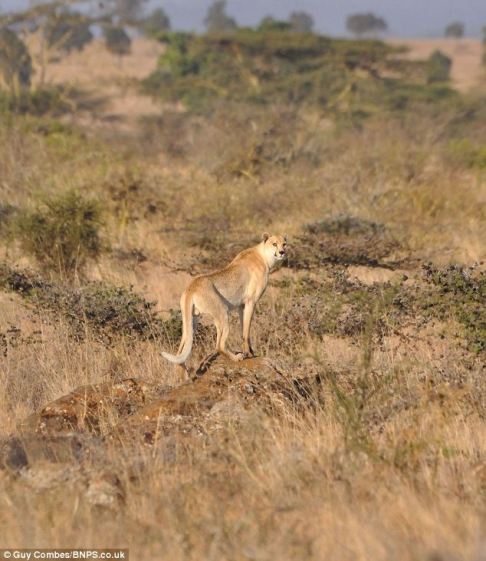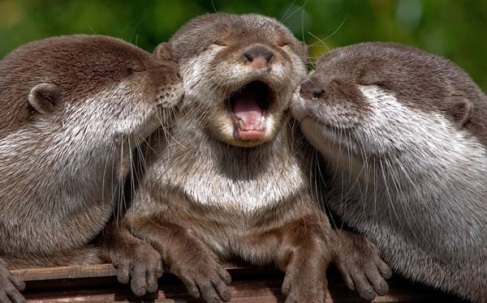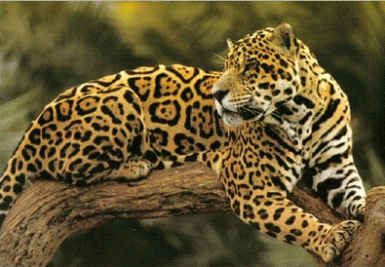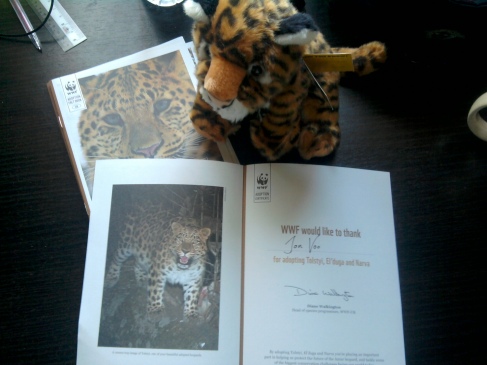
Magnifique! Marvellous! Fantastic! A Standing Ovation! A Final Bow!
That is what one would expect of a circus performance with tigers and lions jumping through fire hoops, elephants begging for a treat or two, monkeys walking on a tight rope, horses prancing around and bears juggling. At least that is how I, who have never been to a circus performance before, would like to think it’d be.
However, what happens when the lights go out?
How exactly are the ‘Stars’ treated?
This question, like so many of the other issues I’ve touched on, has been and will be forever trapped in a never-ending debate.
Are there actually circuses and other animal-related shows that treat their animals correctly? Probably. Apassionata, a world-renowned equestrian show, might be a suitable answer to this. Breeds such as Andalusians, Friesians and Shetland Ponies play prominent roles in the show and seem to be in perfect condition and treated with respect. Furthermore, the success garnered by Apassionata should ensure that they will have sufficient funds to feed their stars.
However, it cannot be denied that not all animals are as lucky. This may be explained through a declining popularity of circuses due to ever-increasing awareness on animal rights. This would have an indirect effect on the treatment of the animal performers as without sufficient funds and profits, it is quite the task to afford these animals. An average tiger can eat up to 40 pounds of meat a day, which is equivalent to 18kg per animal. Multiply that with a few animals plus other costs like vaccination and maintenance and we’d get quite the sum!
Those of you who read my blog will know that I have recently watched ‘Two Brothers’ by Jean-Jacques Annaud. I was profoundly affected by the movie when it showed how dispensable circus animals were when money was in the question. An old tiger was shot in exchange for its hide because it could not perform up to the standards anymore. After so many years of performing, did it not deserve a better way to end its life? Yeah, there was and always will be the counter-argument that the money received can be used to feed the other animals in the circus. This, however, will not be sustainable and then what? Kill another animal?
Another important issue is the type of animal used in performances; wild or domesticated. Yes, one can argue that he has been able to ‘tame’ a tiger or taught the bear a few tricks. But what of the process in doing so? These are wild animals. I am not saying or implying that ALL circus trainers are cruel. Or are they not, albeit in an unintentional manner? Doesn’t the fact that training WILD animals to please us already suggest cruelty?
Steps are being taken to ban wild animals performing in circuses, following discovery of evidence of animals being ill-treated by their trainers. In this light, I am happy to know that those with power are taking into consideration the welfare of animals. However, the effectiveness of these policies will have to depend on the collective efforts of the majority. As usual of my entries, I do hope that such efforts would encourage more to adopt a more active role in safeguarding the welfare of these animals.
Have a good weekend!
JV.










